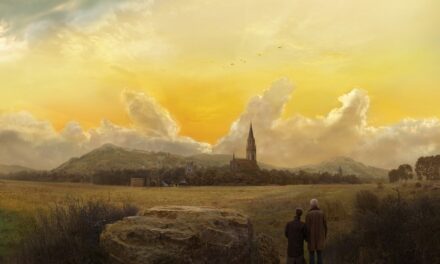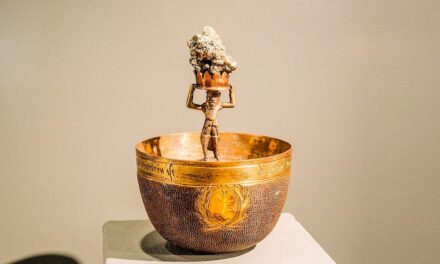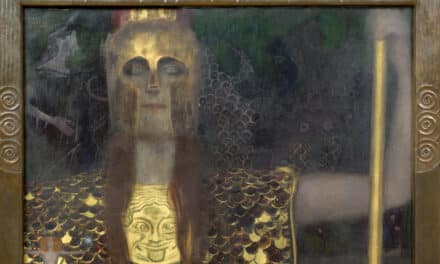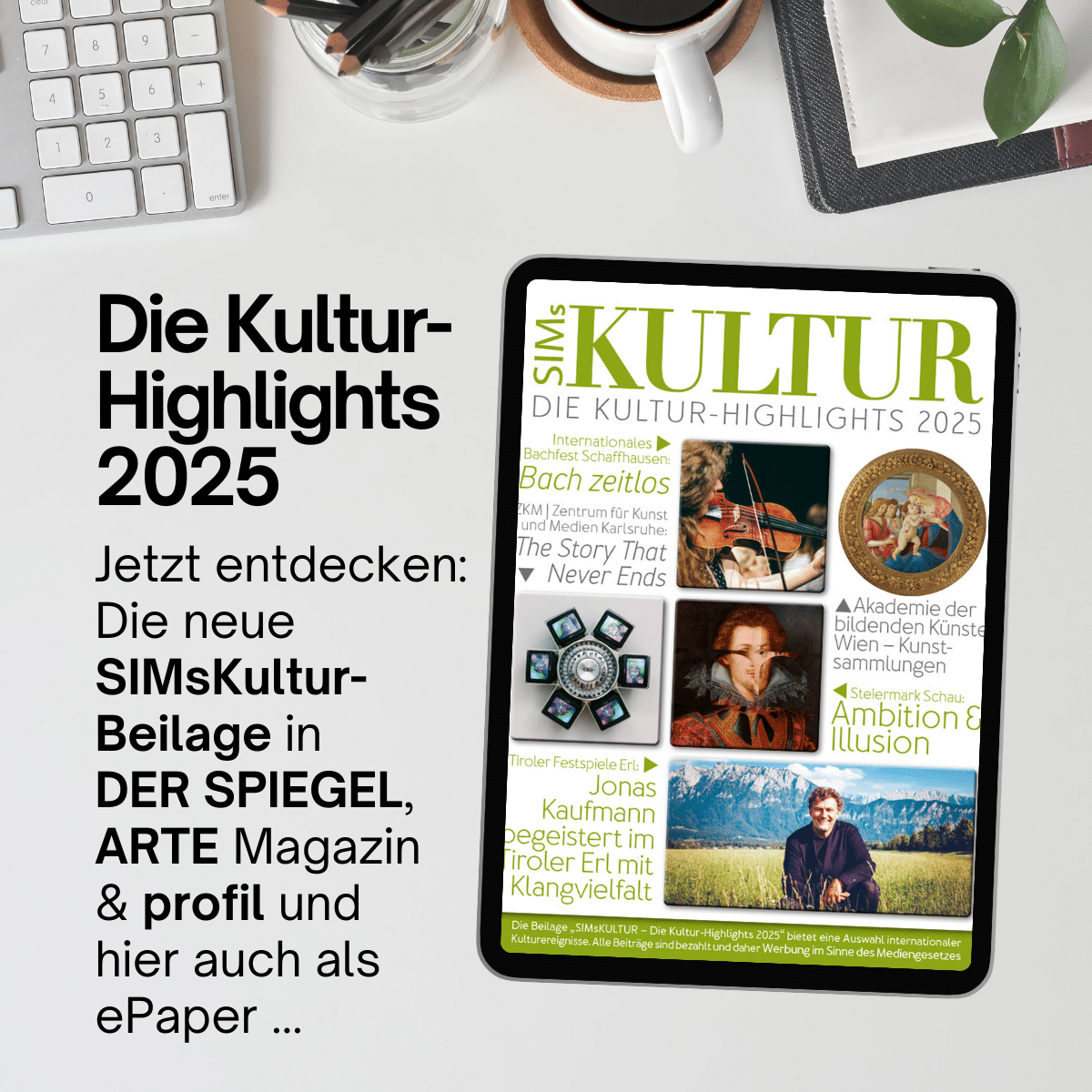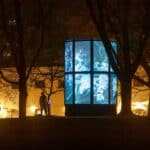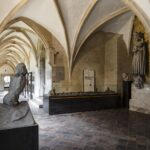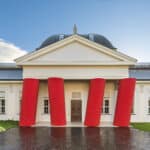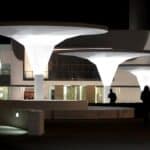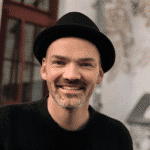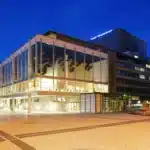The comprehensive retrospective on Grethe Jürgens at the Sprengel Museum Hannover sheds light on an important representative of the New Objectivity of the 1920s. For the first time, the exhibition is showing part of her estate, which comprises over 370 works from various creative phases. The retrospective in the anniversary year of New Objectivity 2025 shows around 150 works, supplemented by numerous documents. This exhibition offers a rare opportunity to discover the artist Grethe Jürgens, who for a long time was perceived as being behind other representatives of New Objectivity, in the breadth of her oeuvre.
Born in Osnabrück in 1899, Jürgens began her graphic design studies in Hanover, where she met artists who later became known as the "New Objectivity in Hanover". Early on, she devoted herself to characterful portraits and cityscapes and later established her typical visual language with factual, distanced depictions of workers and marginalized groups, characterized by sober realism and a cool, emotionless view of her subjects. Her works are free of accusation and condemnation, but attentively show social tensions and the challenges of life on the margins of society.
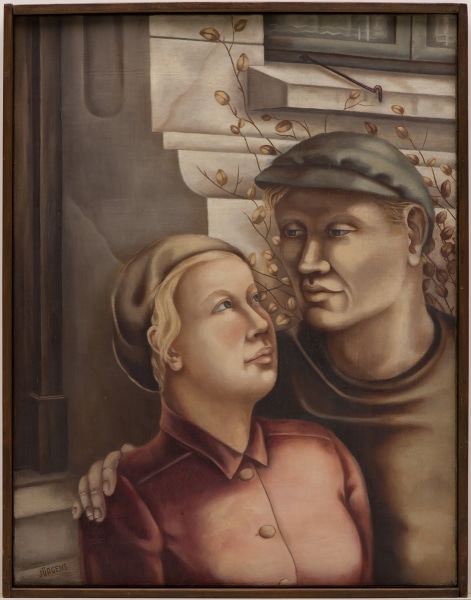
Grethe Jürgens, Lovers, 1930, oil on canvas, Photo: Herling/Herling/Werner, Sprengel Museum Hannover
Born in Osnabrück in 1899, Jürgens began her graphic art studies in Hanover, where she met artists who later became known as the "New Objectivity in Hanover". Early on, she devoted herself to portraits and cityscapes with a strong character and later established her typical visual language with factual, distanced depictions of workers and marginalized groups, characterized by sober realism and a cool, emotionless view of her motifs. Her works are free of accusation and condemnation, but attentively show social tensions and the challenges of life on the margins of society.
February 22 to June 15, 2025


